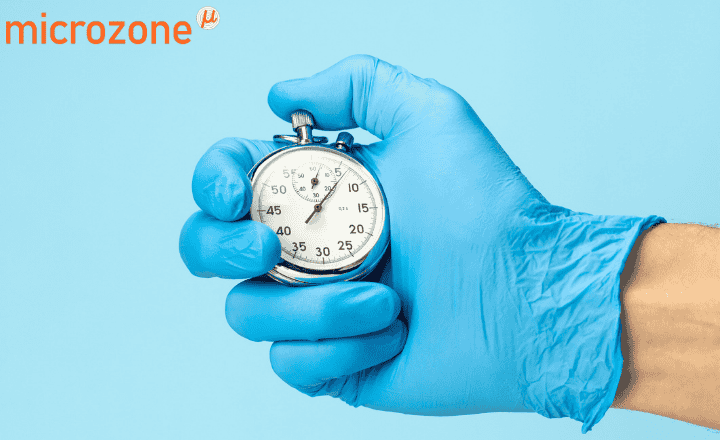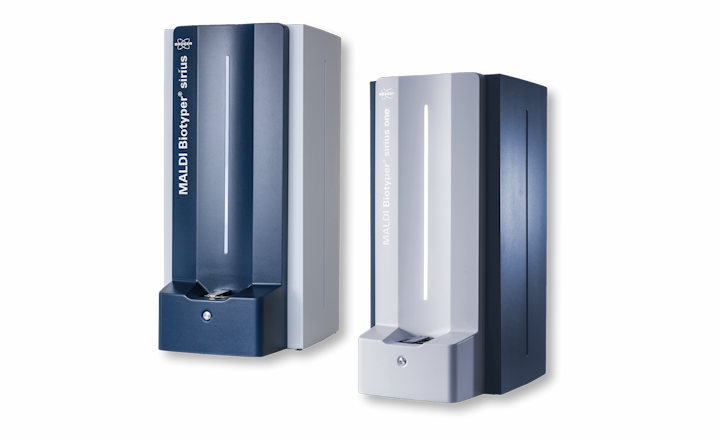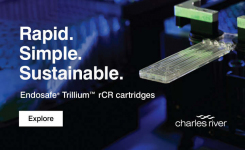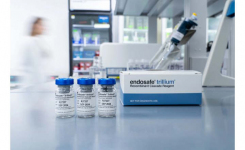The Parental Drug Association (PDA) published Technical Report No. 88 in January 2022. It’s tempting to postpone reading this report, titled “Microbial Data Deviation Investigations in the Pharmaceutical Industry,” since you know you can access it if - and when - an investigation is needed.
But, at that point you’re too late. Not only have you had a microbial contamination event, but you’ll be met with a lot of questions, and you’ll wish you answered them before the test. The PDA TR 88 report lists a variety of questions to ask when investigating your result, and almost all of them serve a better purpose when used pre-emptively. Try it out! Re-word some of the questions throughout the report to identify current gaps in your laboratory or manufacturing process for investigating microbial contamination events.
Instead of waiting until after a failing sterility test to ask:- Was all test equipment (HEPA, isolator, filtration apparatus, etc.) acceptable at the time of use?
- Was there ongoing construction in the facility?
- Are the manufacturing areas, transition zones, material transfer areas, testing laboratories, etc. organized for proper flow of items?
Right now, you can ask:
- What systems do we have in place to ensure all test equipment is acceptable before use?
- What are our controls to ensure facility construction does not impact product quality?
- How can we organize areas to minimize routes of microbial introduction?
Human Factors: Always Under the Microscope
Potential for microbial introduction during sampling and testing was a common theme in the PDA TR 88 report. Not surprisingly, there are example questions to ask a technician about those tasks. Since microbial contamination results take up to two weeks to generate, memories of the sample in question can fade, especially when the tech repeats similar sample collection and testing the days before and after the event.
To limit glaring training gaps found after an event, you need to evaluate the robustness of your training program now.
Ask yourself:- Are my operators, technicians, and analysts empowered to halt a process if they identify something unusual?
- Will they feel penalized with extra hours if they follow up on something unusual?
- Does management’s emphasis on completing a test detract from an analyst’s attention to do it correctly?
If you do not have a good handle on these items prior to a micro event, you could find multiple routes of microbial contamination during your investigation. It’s unlikely they all played a role, yet you’ll need to chase down impact and corrective actions for every gap you identify. If you don’t, inspectors reading your reports will undoubtedly have more intense questions for you.
If you do have a good handle on these items prior to a micro event, your investigation scope can focus on the most likely contributors. Environmental monitoring is essential in microbial contamination investigations Root cause confirmation depends almost entirely on a microbial identification that aligns your discrepant result with a contamination source. It’s best practice to trend your recoveries and identifications . Microbial contamination investigations move quickly when you know where you’ve seen the organism before, as opposed to sampling investigative locations after the fact. When you recover an out-of-trend result with your product you can easily review the most likely contributor. It could be a specific area, utility, or raw material.
It’s also possible you found a very common organism in your product, like S. epidermidis. That organism is so common you may have seen it in raw materials and multiple environmental samples. As you investigate those sources, you can further compare organisms with strain typing to pinpoint a definitive source. As outlined in the PDA TR 88 report, the systems that generate microbial IDs cannot be taken for granted. Small changes in sample prep can lead to varying IDs. Organisms missing from a system library can result in a non-ID, or worse, a match to the next closest thing. You must be confident your system generates the same result when you repeatedly challenge with the same organism. A Roseomonas by any other name will send you looking elsewhere for the root cause.
Knowing your microbiota prior to a microbial contamination event is emphasized in another recently released report, the FDA Guidance for Non-Sterile products released in 2021. The guidance addressed some product recall case studies. Root causes were almost impossible to verify because sites had poor historical data from their manufacturing environment. Recommendations for proactive facility monitoring are more than just a trend with regulators and industry thought leaders.
Jon Kallay is a Sr. Technology & Market Development Manager for Charles River Microbial Solutions, which provides Accugenix® microbial identification services that can help harmonize approaches to the requirements of this new Technical Report.
Find out more about Accugenix® microbial identification services or contact the supplier for details using the green "Request Information" button below.

























